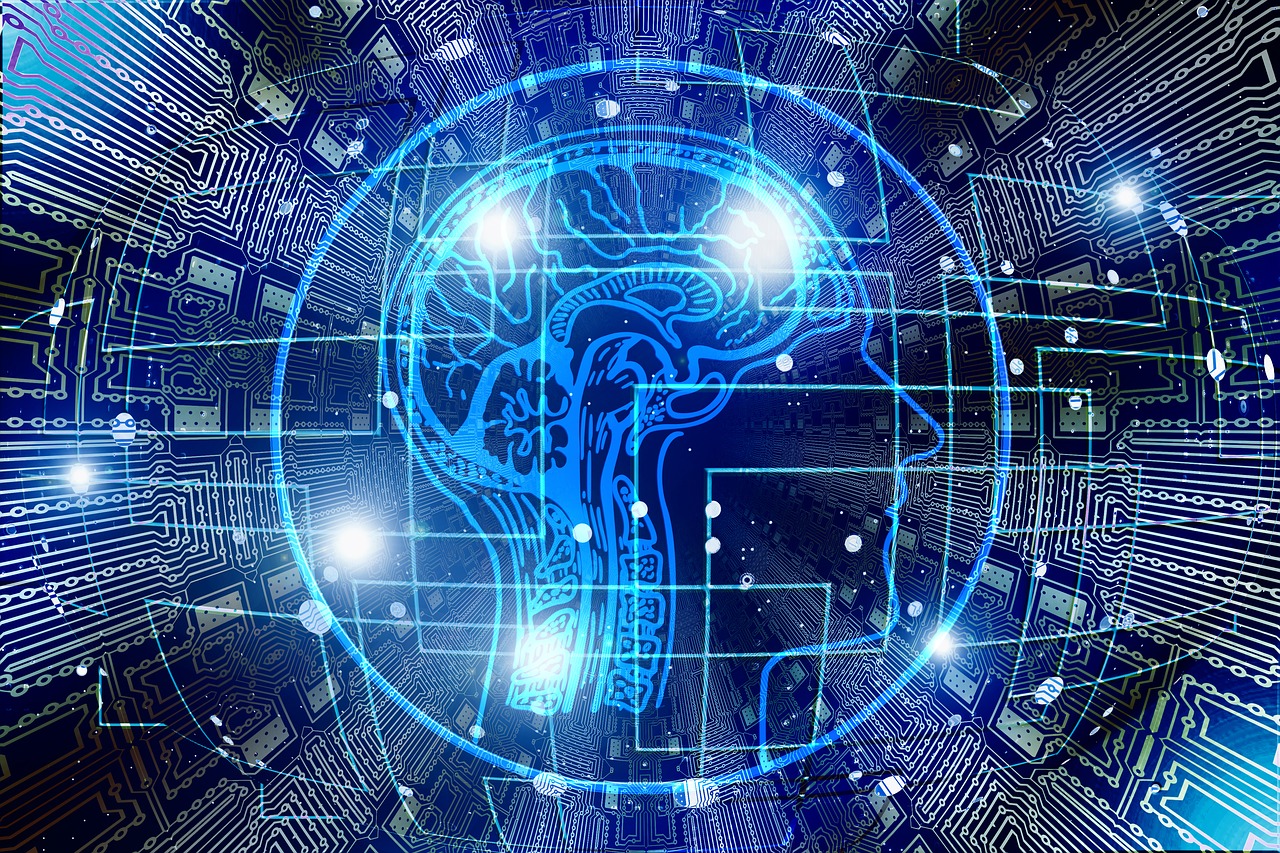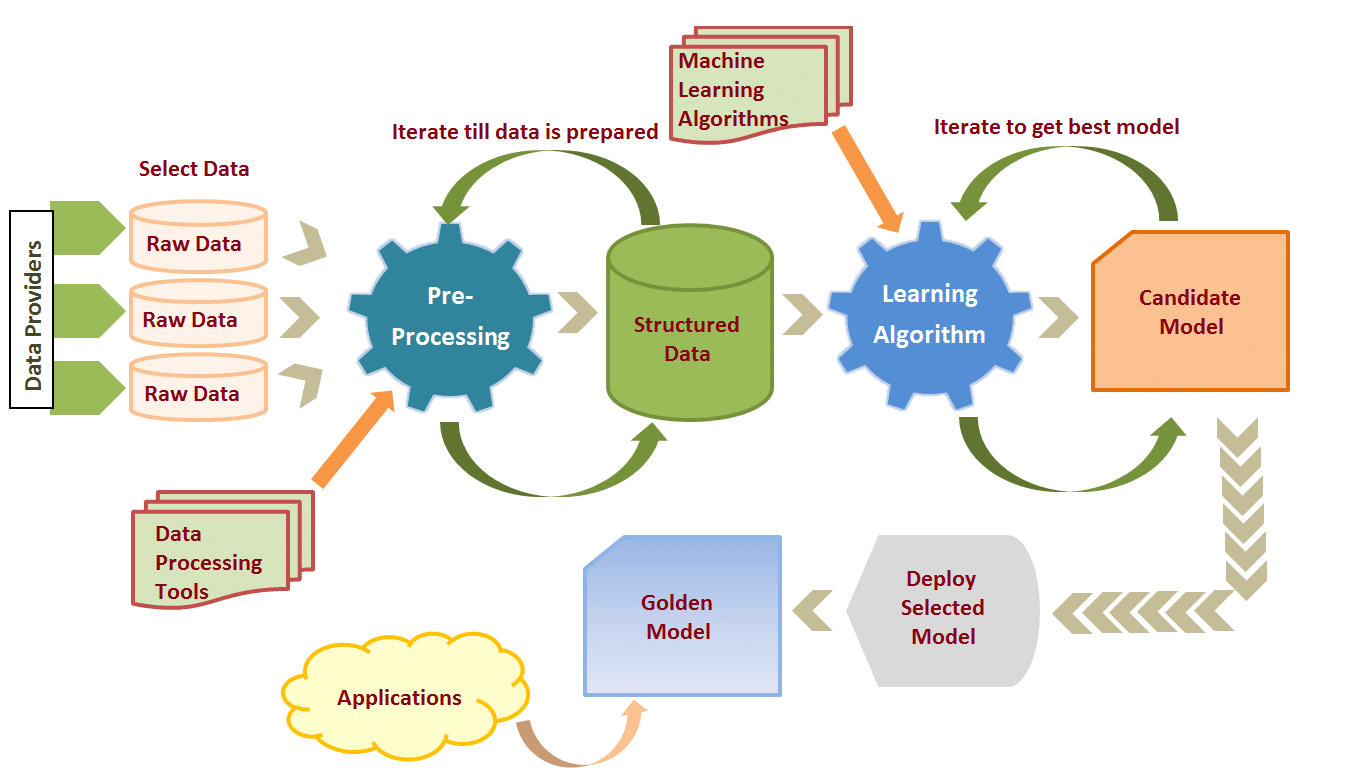Machine learning is everywhere, but rarely do we notice it. You can trace a route with Google Maps or mark friends on photos in social media or get Spotify recommendations on artists and songs – all thanks to machine learning. The area is rapidly growing. Today self-driving cars or automate services hardly can surprise anyone.
This branch of AI has excellent perspectives in medicine, intelligent transportation systems, education, and science. Machine learning solutions can aggregate local news, automate accounting, predict failures in car manufacturing and improve diagnosis in healthcare.
IMAGE: PIXABAY
This technology is not new. The work on exploring machines` ability to learn from data started in the 20th century. In 1959, an American scientist Arthur Samuel coined a term “machine learning.”
Today machine learning is a technology that allows systems to learn from data and experience. It enables computers to perform specific tasks by learning from examples. So instead of following previously programmed rules, machine learning systems learn how to cope with complex processes by themselves.
Here is how it works. Intelligent algorithms that power Netflix’ recommeтdation system analyzes your movie preferences and compare them with the preferences of other users with similar choices. This is called collaborative filtering, and it allows Netflix to pick a list of movies that you will most likely watch. These algorithms are based on statistical methods and mathematical computations. If you want to use such an algorithm in your application, you need to have it built in the program code. What programming language is the best fit for this job?
One of the most popular languages to complete machine learning tasks is Python. Today it is gaining popularity in many branches of software development. Lately, it has become a top language for machine learning, according to IBM statistics.
Python utilizes some mathematical functions in its code structure which make it possible to write algorithms. The mathematical roots, syntax, and some other factors made it one of the most convenient programming languages in machine learning. Let’s look at those factors.
IMAGE: IMARTICUS
Extensive libraries
Python web frameworks include features for machine learning algorithms. NumPy, SciPy, and SciKit-learn are the most popular libraries used in machine learning. These libraries are open source and easy to access. They are suitable for beginner developers for creating not sophisticated machine learning projects. However, they may not be enough for more complex issues such as deep learning.
Not Overloaded Syntax
Python is famous for its philosophy of “simple is better than complex.” Its relatively easy syntax makes the language easy to read and learn. Such simplicity favors rapid testing of algorithms and reduces cognitive tension on developers. It enables them to concentrate on problem-solving and project development instead of putting efforts to comprehending the code. Moreover, the Python syntax makes it easier to reuse code across different projects.
Support
Python is an open-source programming language and a lot of people contribute to its improvement. The community of developers share knowledge between each other and it’s easy to find solutions to typical problems in the development process thanks to a variety of materials on the internet.
Applying algorithms in machine learning can evoke many questions. Of course, you can refer to essential resources such as Stack Overflow or Reddit, but you may also ask for advice at the Python Community to get answers from people who had similar problems. In such cases, a supportive community is a big advantage for developers. Also, there is a lot of information regarding Python and machine learning on Kdnuggets, a community devoted to analytics and data mining.
To sum up, Python perfectly suits for developing machine learning tools because of several factors. Among them are its mathematical origin, convenient package of libraries matching each other, clear syntax, and a considerable amount of informational materials on machine learning specifics, which you can get at Python Community or other support websites.
If you are interested in even more technology-related articles and information from us here at Bit Rebels then we have a lot to choose from.


COMMENTS